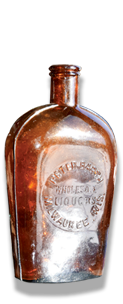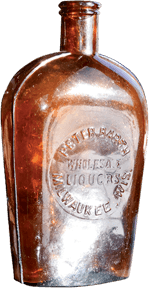Financing, Fire, A New Day
December 2, 1847, ONE DAY after taking control of the Eagle Brewery from Miller, a deed of indenture between Levi Blossom and Alonzo Blossom was enjoined: “$1500 - pay $500 plus interest one year from date of origination, for all of the undivided half of block 161 in 2nd ward of the city of Milwaukee, county of Milwaukee & Territory of Wisconsin with the Eagle Brewery & fixtures thereon.” A second indenture also dated December 2, 1847 of $2,500 for the same plot, “Together with the undivided half The Eagle Brewery & the dwelling house and barn thereunto situated in the city and county of Milwaukee, W.T.”
July 1, 1850, Levi issued a $6,000 deed to Alonzo. Fourteen months later, September 4, 1851, Levi loaned Alonzo an additional $8,000 - $3,000 to be paid in three years and another $5,000 to be paid in five years, 10% interest annually.
Wednesday November 10, 1852, “FIRE! The large brewery in the second ward, belonging to Alonzo Blossom, was discovered to be on fire between 12 and 1 o’clock yesterday morning, and, owing to the impossibility of getting water, was entirely consumed. Only one engine was got to work, and that was supplied by a spring on the hill. Mr. Blossom estimates his loss at $15,000 to $18,000. Insurance $8,000. $4,000 in the Hartford Protection, and $4,000 in the Northwestern. The fire is supposed to be the work of an incendiary.”
The 1854 city directory accurately lists Levi as banker corner of Jackson and Biddle; maybe not so accurately, Alonzo as Brewer corner of 8th and Chestnut. May 6, 1854, Levi borrowed Mathias Middlewood of Cincinnati’s Middlewood brewery $12,500 to rebuild Milwaukee’s Eagle Brewery. The Eagle would rise from the ashes. It seems Middlewood made good on his loan/purchase as Levi doesn’t show up after 1854.
In 1856-1857, brewers Middlewood and Gibson were on the corner of 8th and Chestnut, as was Mathew Gibson Corner of 8th as was Pearson of the Middlewood and Gibson firm. An Advertisement in November 1860 puts brewery operation in the hands of Chicago’s Sands Brothers. “J.J. Sands Brewer of Pale and cream ale corner 8th and Chestnut.” In 1863 the brewery is listed as the Sand’s Spring Brewery. In 1865 the Bavaria Brewery operated by Goes and Falk is on the SW corner 8th and Chestnut. And finally a century later in 1975, “Excavation of historic brewery site during the construction of a warehouse for the world famous Pabst Brewery exposed previously hidden cavernous arched beer caves.”
One single Wisconsin advertising artifact, a simple ale bottle, inspires generations of collectors to uncover history, to visualize, recall and document everyday American lives centuries ago, ten years ago and now. It’s the BRAND.
THE Eagle Has Landed.





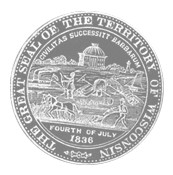









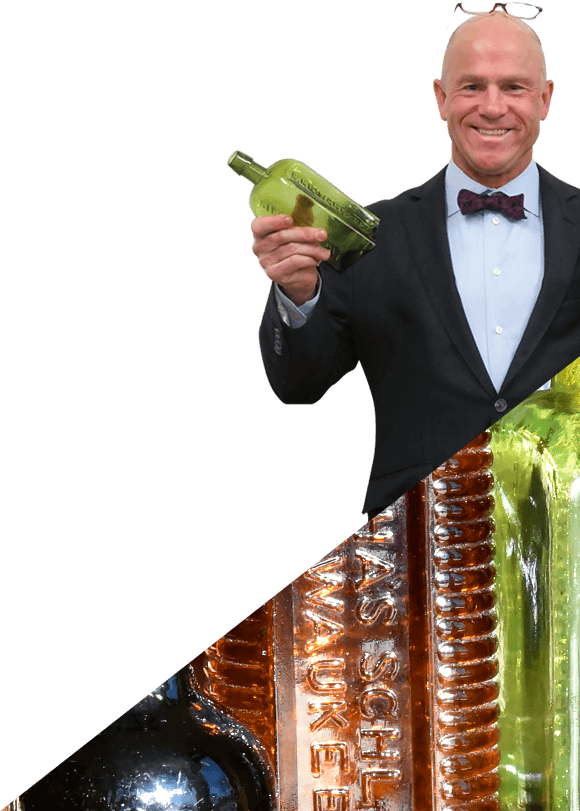







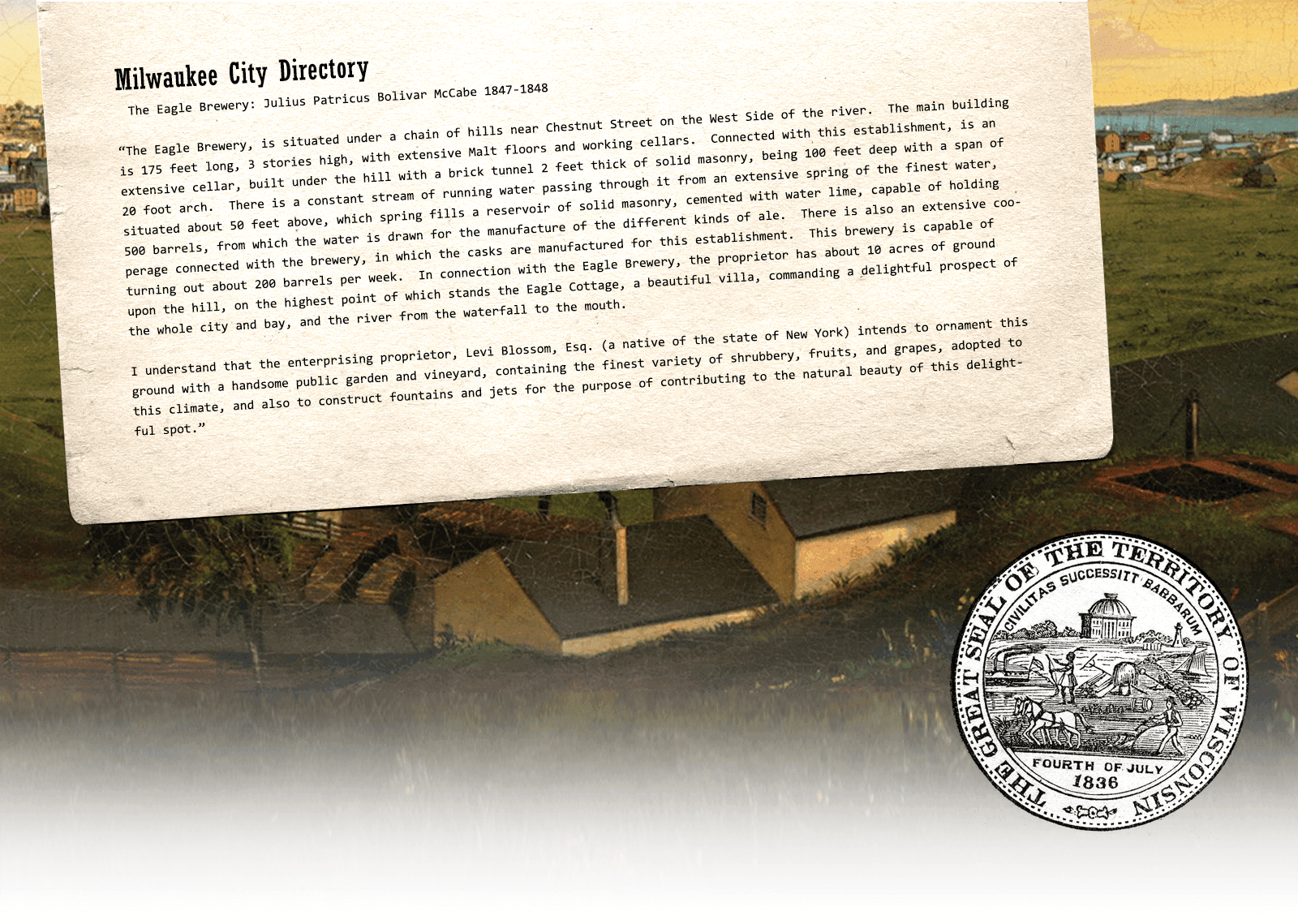


 Man Behind The Bottle
Man Behind The Bottle 



